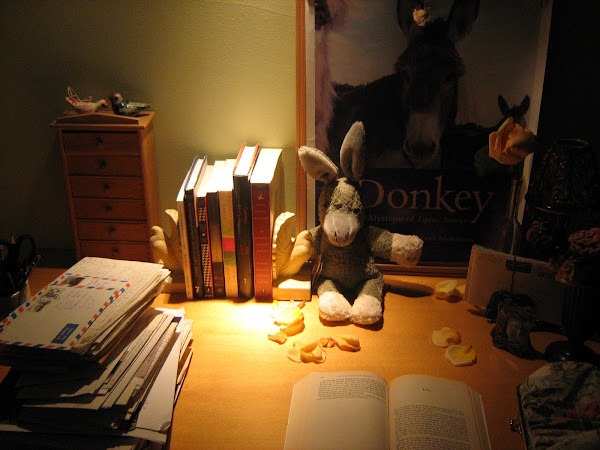
My name is Karen Bender and I’m a guest blogger this week for the Kepler’s site. I’m a novelist(Like Normal People) and short story writer—you can find recent work in New Stories from the South: The Year’s Best 2008.

I teach creative writing at the University of North Carolina at Wilmington. I’m currently finishing a new novel called “Allegations” and story collection, “Refund.” I'm going to post some thoughts about reading and the creative process this week.

My first post is about reading--more specifically, how to keep kids reading. As a creative writing teacher, I’m often struck by how many of my undergraduate students—who enjoy writing!—are not always eager readers. They like to write, but they are sometimes surprisingly shy about reading. And this may be because of the way that reading is taught in elementary schools. I learned this from my experience as a parent of two young children—my son Jonah is 10 and my daughter Maia is 6—at our public elementary school in Wilmington, North Carolina.
At out elementary school, a highly regarded magnet school in our county, children learned reading through a program called “AR,” which stands for Accelerated Reader. It works like this. Jonah was tested for his reading and given a “level”—sat 1.6 to 3.0. That meant he could read books between these grade levels in the school library. He would trot off to the library and pick out a book. Each book was assigned a point level—1 point, 2, etc. Longer books were worth more points. After he read a book, he’d take a multiple choice test. If he answered a number of questions correctly, he’d earn the number of points that book was worth. He had a point goal—say 20 points—and once he finished his goal, he could join the class pizza party.
I couldn't believe this program when I first heard about it. It seemed like a kind of Orwellian joke.
But it was true. And worse, parents were buying into it! They were bragging about their kids’ point goals, as though a higher point goal meant the child was a better reader, were pushing their kids to read the longer point-heavy books, were threatening them that they would miss the pizza party.
I found it horrible. I hated it because the kids couldn't read books out of their “level” if they wanted. I hated it because books were reduced to multiple choice tests. And I hated the idea that he would miss out on a party because he didn't answer the multiple choice questions correctly.
Our son, who loved reading, began to resent it. I couldn't blame him. How could one enjoy reading when a test based on factoids was being held over your head? For him (and for me as a child) reading was about diving into a book, consuming it. It meant reading slowly or quickly, depending on how involved I was in the narrative, maybe skipping ahead to check out the end if I couldn't stand it anymore, reading the same passages over if I wanted to. It was not about memorization—it was about exploring. And it was about reading anything—a chapter book, a magazine, a joke book, a comic book.
At our elementary school, I noticed that some parents really only wanted their children to be reading chapter books—the longer the better. There seemed to be a competition between the parents—how early could your kid read Harry Potter? Third grade? First? It was a bizarre bragging opportunity. For even if a kid could sound out the words of Harry Potter at age six, would the child be developmentally ready for it? Aren't some books more meaningful if they’re read at the right age?
I think this might be some of the reason why some of my students hate reading. They've been taught to approach books as tasks. They view books as things you read to prepare for a test! The AR program, which is used to teach reading all over the country, is a problematic intersection between the desire to get kids to read and to measure how they’re doing it.
I think children should fall into books, like a puddle of mud. They should be able to sit and muck around in a book, reading it for the passages they enjoy, for the messages they take from it—which can be very individual messages. I think they need to fall in love with books their own way. As parents, I think we should just have them around, sit and read with them. And stop worrying about when they’ll get to Harry Potter.






























